How to Plant Nasturtium in your Garden: [Complete Guide and Steps to Follow]
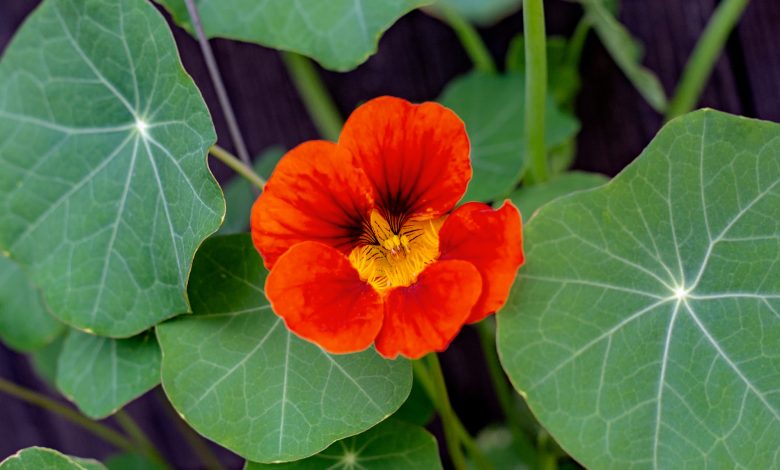
Nasturtium or Tropaeolum majusIt is native to the South American region, in the Andes, to be more exact, it is obtained in abundance.
It is a perennial ornamental plant and its leaves and stems are used as a condiment in salads, such as juices or tea, and among its most outstanding benefits is the good dose of antioxidants such as beta-carotene and vitamin C.
Important points when sowing nasturtium:
- Where? In large gardens and as an anti-plague plant, it is ideal to plant it near vegetable crops.
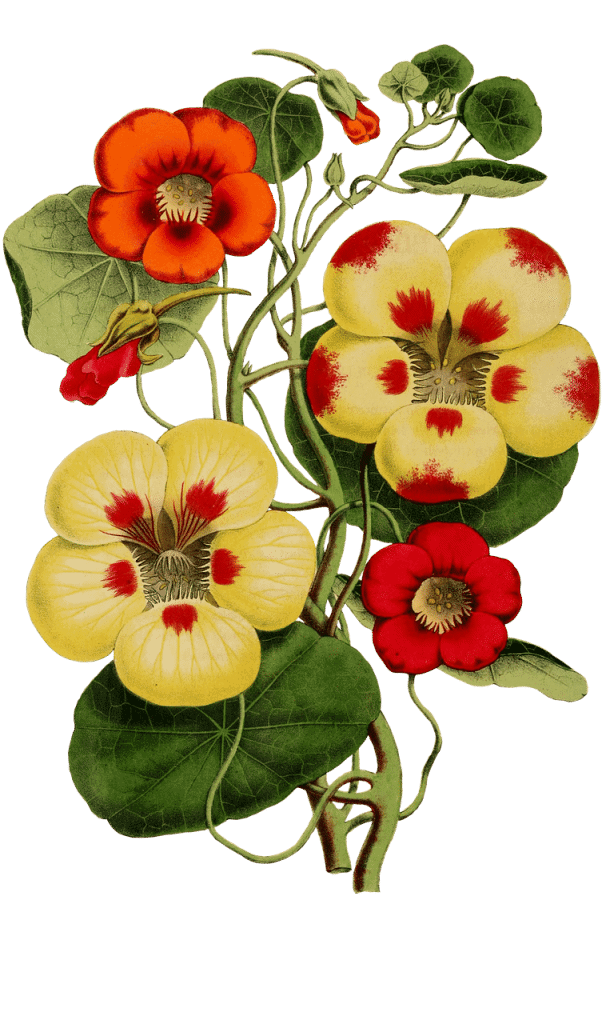
- When? Spring and autumn are the best dates to sow colorful Nasturtiums.
- Demanding care? It adapts to any environment, although it does not tolerate winter frosts.
- How to prepare the land? It does not require further conditions. Well-draining, porous soils that dry out quickly are ideal for this perennial.
- How do we water? Once a week will suffice as long as the soil is dry, because too much water makes it sick.
- Favorable associations? Tomatoes, cucumbers and lettuce.
- Plagues and diseases? Mainly aphids and whiteflies.
When to sow nasturtium?
The nasturtium is adaptable to any type of soil. It doesn’t require much.
The ideal is to plant the Nasturtiums, afterthe last spring frost is over and in autumnIt can also be sown, either as seed or as seedlings.
Where to plant nasturtium?
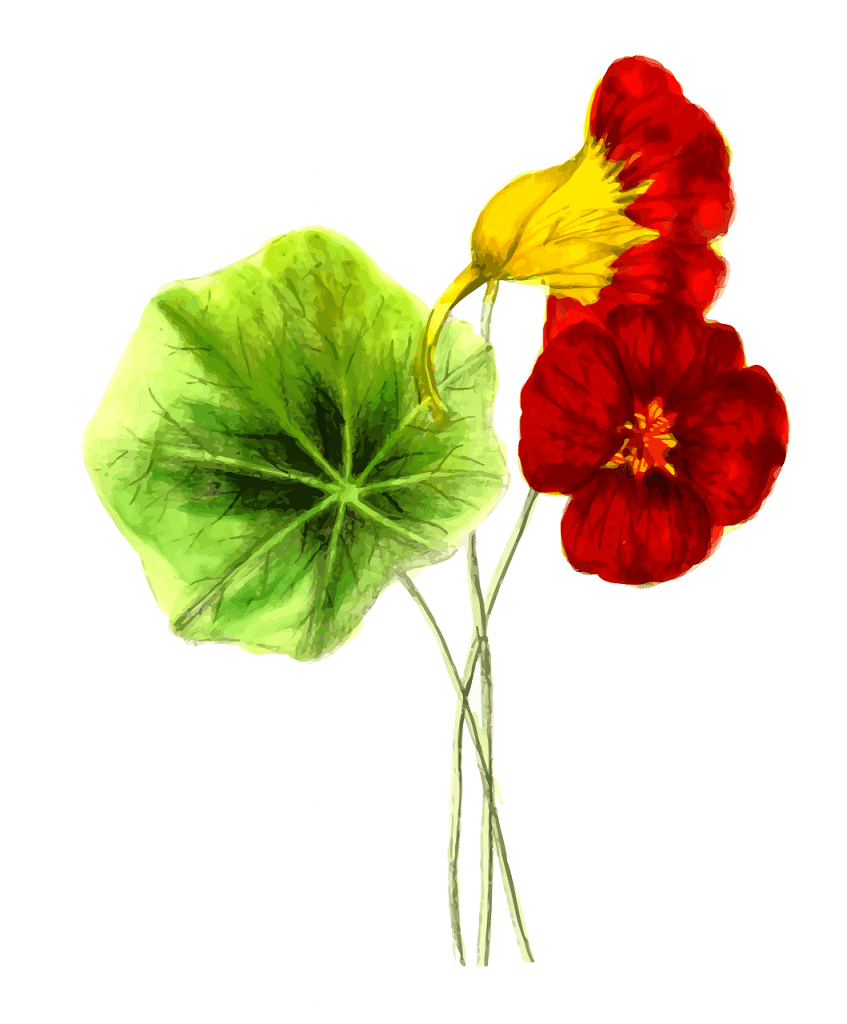 It is necessary to consider thatto grow nasturtiums you must first make the appropriate selection of the specieswhat suits us best.
It is necessary to consider thatto grow nasturtiums you must first make the appropriate selection of the specieswhat suits us best.
There are species such as the Cress of the Indies, a climber with very strong growth, vigorous and ideal for gardens. Its red, orange and yellow flowers can bloom all summer and is ideal forform a fence or natural trellis, in a large garden.
If, on the other hand, the garden we have is small, it will be convenient to look for a dwarf nasturtium, easily controllable and with a range of varied colors.
Other recommended ones are the Nasturtium Peach Melba, with yellow flowers with a gradient red-orange center. Or the so-called Baby Salmon Nasturtium, in orange tones, which also dresses up the open space of the garden a lot.
But there is another option, where the Nasturtium also resists without complaining: a good peat pot, where we can plant seeds individually, that is, one for each pot. Each one should receive direct light in a window, proceeding to check and keep the peat moist, not flooded with water.
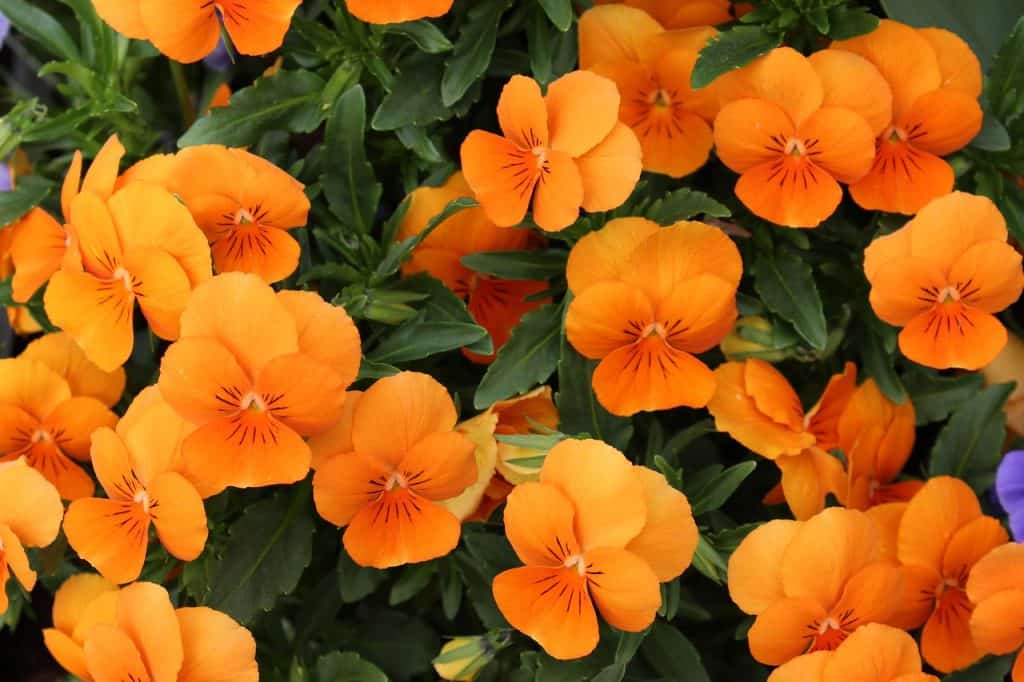 Once the seedlings show their face to life, we must take care of them until the last spring is over, a propitious date to take them to the garden and plant them with great care.
Once the seedlings show their face to life, we must take care of them until the last spring is over, a propitious date to take them to the garden and plant them with great care.
How to prepare the land?
Although as we have already said, the Nasturtiumdoes not require a specific floor, because it adapts to any,a well-drained soil, very fertile and moist, is preferable to a dry one. She will appreciate it but in reality she can adapt and survive without major problems, as long as she receives good light.
How do we water the nasturtium?
must be doneonly when the soil dries up, because they prefer it poor and dry,so it will be enough to water them once a week, without exaggerating or flooding them, because excess water is very harmful.
How to sow nasturtium step by step?
Let’s see what conditions they require for a healthy life.
- Select a good place to plant. These friends really like to bloom in full sun, but always in summer we must take care of them from extreme heat at midday. So we can choose a vacant place in the garden that we need to cover, a comfortable, deep pot, and even hanging baskets. They will adapt to everything quickly.
- Soil preparation. Loose and very well drained soils, that do not get waterlogged and without the need to add fertilizer because then they will not flower much and will only multiply their leaves.
- Direct sowing or transplanting of seedlings: when it comes to seeds, they should be planted approximately 25 cm (10 inches) apart and at a depth of 1.3 cm (1/2 inch). Generally, the seeds respond by sprouting in a period of between 7 to 10 days. But if it is seedlings, they must be kept in their peat germinators and planted directly in the ground, to prevent damage to the roots.
- Irrigation. It runs around the roots, not from above, and is best watered in the morning to ensure it absorbs water throughout the day to prevent mold buildup.
- Remove weeds. When the nasturtiums are in the process of growth, they look like weeds, so it is advisable to mark them in some way, to avoid losing them when we pull up the weed, which we must always eliminate because it competes by stealing water and substrates.
- Save seeds to use next year. When the growing season is over, the nasturtiums mature and release a large number of seeds. Inwinter, they should be placed in a bag and kept in a dark place, until spring allows us to take them to the bosom of the earth.
What favorable associations does it have?
The most favorable crop associations are three delicious vegetables: tomatoes, cucumbers and lettuce,which benefit tremendously because the Nasturtiums, in an act of nobility, can divert the plagues that lie in wait for them.
What pests and diseases does it have?
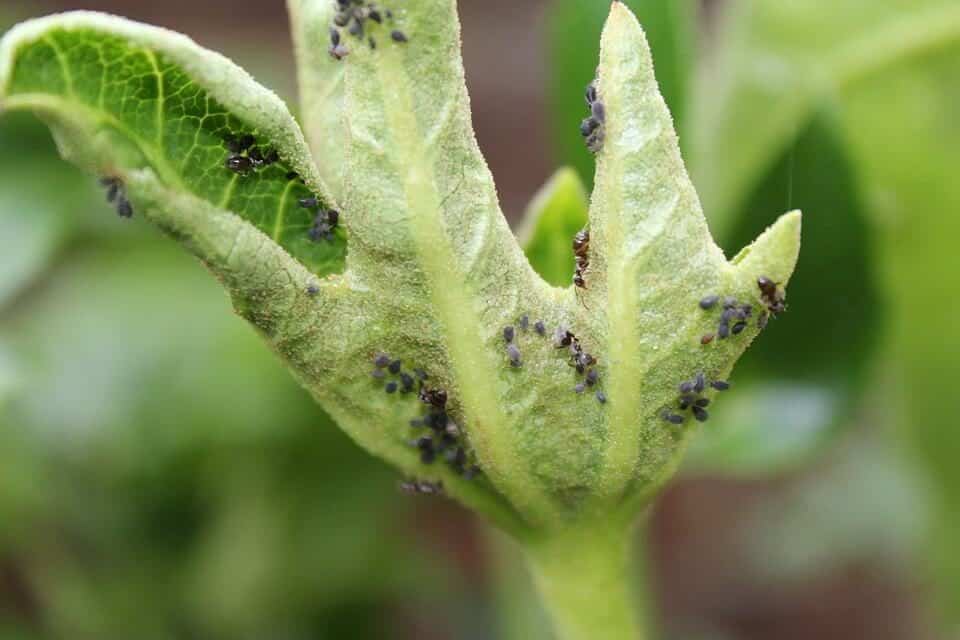 Aphids are staunch enemies of Nasturtiums, especially the so-called Negro de las Habas. To kill this parasite, it is best to apply potassium soap dissolved in water, an ecological, natural and non-toxic product, respectful of the auxiliary fauna.
Aphids are staunch enemies of Nasturtiums, especially the so-called Negro de las Habas. To kill this parasite, it is best to apply potassium soap dissolved in water, an ecological, natural and non-toxic product, respectful of the auxiliary fauna.
That is why many gardeners prefer to plant nasturtiums on the edges of the garden to prevent critter attacks on cabbage /cauliflower/»>cabbage crops
, courgette and aubergines.
And they do it precisely because nasturtiums are very prone to being attacked by aphids and other pests. That is why they must be checked weekly, to eliminate each insect, trapping them and letting them fall into a bucket with soapy water, the best organic solution.
 Castalia Potassium Soap, Potassium Solution… €22.95 View on Amazon Prices with VAT without transport
Castalia Potassium Soap, Potassium Solution… €22.95 View on Amazon Prices with VAT without transport
Last updated on 2022-07-26 / Affiliate Links / Affiliate API Images
Another option is to use a spray of soapy water on the flowers to eliminate aphids.
It is an anti-pest plant, it helps maintain the ecological balance because it attracts aphids and whiteflies , thus preventing food-producing plants from being attacked.
Where do we buy nasturtium seeds?
As always, if you have the possibility of accessing a nursery near your town, it is the option that we recommend.
This is because you will probably be able to see the plants with your own eyes and also be advised by a professional about their care, planting or transplanting.
In any case, we can also recommend that youpurchase the seeds or plants on Amazon.Here we show you some options:
 Assorted CLIMBING Nasturtium €1.88 View on Amazon Prices with VAT without transport
Assorted CLIMBING Nasturtium €1.88 View on Amazon Prices with VAT without transport Nasturtium flower plant seeds… €13.99 View on Amazon Prices with VAT without transport
BloomGreen Co. Flower Seeds: Flower seeds… €13.99 View on Amazon Prices with VAT without transport
Last updated on 2022-07-29 / Affiliate Links / Affiliate API Images
We hope that the article has been useful and above all that you can start planting your first nasturtiums in the garden.
Do not forget that if you have any questions you can leave us a comment below

![Photo of The Berberis: [Care, Planting, Irrigation, Substrate and Pests]](https://www.complete-gardening.com/wp-content/uploads/2022/08/the-berberis-care-planting-irrigation-substrate-and-pests-390x220.jpg)
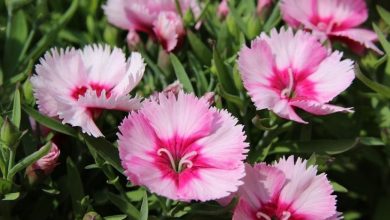
![Photo of Kiwi Pests and Diseases: [Detection, Causes and Solutions]](https://www.complete-gardening.com/wp-content/uploads/2022/08/kiwi-pests-and-diseases-detection-causes-and-solutions-390x220.png)
![Photo of Orchid Care: [Soil, Humidity, Pruning and Problems]](https://www.complete-gardening.com/wp-content/uploads/2022/08/orchid-care-soil-humidity-pruning-and-problems-390x220.png)